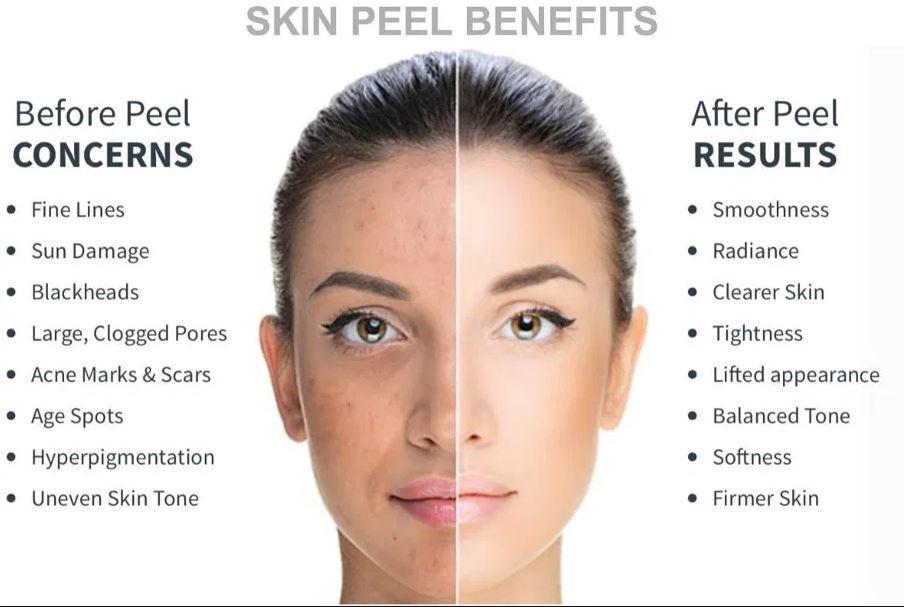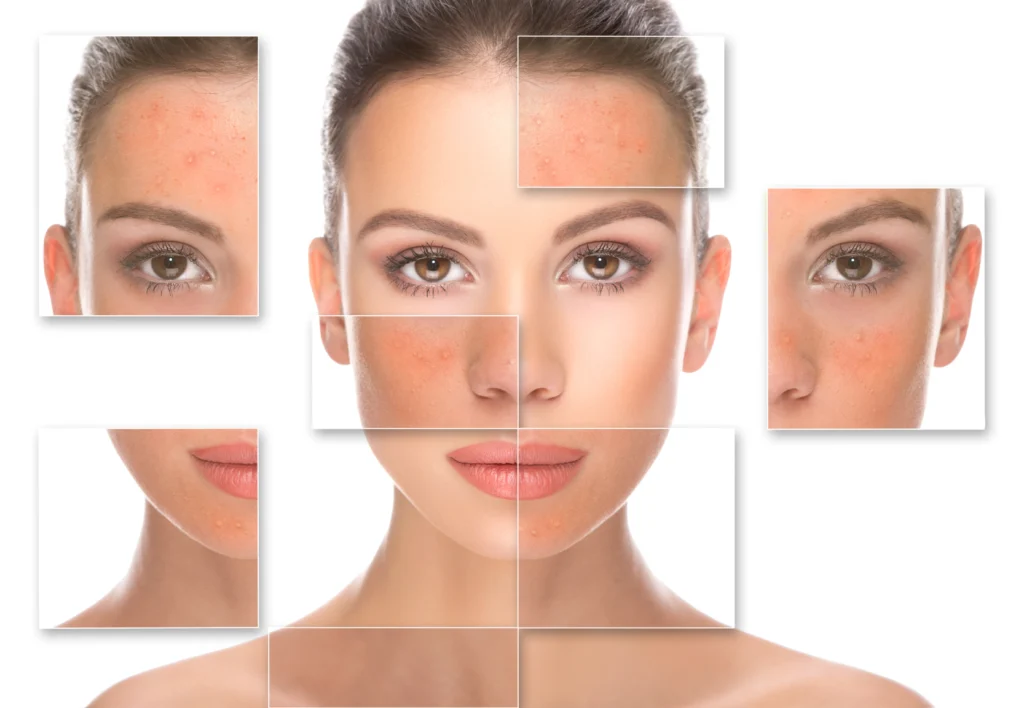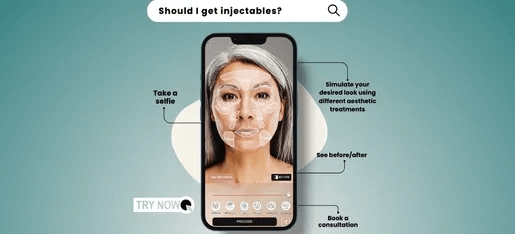Introduction
Thinking about getting a chemical peel? You’re not alone! Chemical peels have become a popular skincare treatment for their ability to rejuvenate the skin and treat various conditions. This guide will walk you through everything you need to know about chemical peels, from preparation to aftercare.
What is a Chemical Peel?
A chemical peel is a skin-resurfacing procedure in which a chemical solution is applied to the skin, causing it to exfoliate and eventually peel off. The new skin that replaces it is usually smoother and less wrinkled.
Benefits of Chemical Peels
Chemical peels offer a range of benefits, including:
- Skin Rejuvenation: Helps reduce the appearance of fine lines and wrinkles.
- Treating Skin Conditions: Effective for acne, hyperpigmentation, and uneven skin tone.
Types of Chemical Peels
There are three main types of chemical peels:
- Superficial Peels: Mild acids like alpha-hydroxy acid are used to penetrate only the outer layer of skin.
- Medium Peels: Glycolic or trichloroacetic acid is applied to reach the middle and outer layers of skin.
- Deep Peels: Trichloroacetic acid or phenol is used to penetrate the deeper layers of skin.
Who Can Benefit from a Chemical Peel?
Chemical peels can benefit a wide range of individuals, particularly those with:
- Acne scars
- Age spots
- Fine lines and wrinkles
- Sun-damaged skin
Preparing for a Chemical Peel
Preparation is key to a successful chemical peel. Here’s what you need to do:
- Consult a Dermatologist: Discuss your skin type and concerns to determine the best peel for you.
- Pre-Treatment Skincare Routine: Use gentle cleansers and avoid exfoliating products.
- Avoid Certain Medications: Some medications can increase sensitivity to the peel.
The Chemical Peel Procedure
The procedure typically involves these steps:
- Cleaning the Skin: The dermatologist will clean your skin thoroughly.
- Applying the Peel: The chemical solution is applied to your skin.
- Neutralizing the Peel: After a set time, the solution is neutralized and removed.
The entire process usually takes about 30-60 minutes.
Post-Peel Care
Proper aftercare is crucial for optimal results:
- Immediate Aftercare: Apply soothing creams and avoid sun exposure.
- Long-Term Care: Use sunscreen regularly and follow a gentle skincare routine.
Possible Side Effects and Risks
While chemical peels are generally safe, some side effects may include:
- Redness
- Swelling
- Peeling
Rare but serious risks can include scarring and infection.
Results and What to Expect
You can expect smoother, more radiant skin post-peel. The timeline for results varies:
- Superficial Peels: Results in a few days.
- Medium Peels: Results in about a week.
- Deep Peels: Results in two weeks or more.
How Often Can You Get a Chemical Peel?
The frequency of chemical peels depends on the type:
- Superficial Peels: Every 4-6 weeks.
- Medium Peels: Every 3-6 months.
- Deep Peels: Once every few years.
Chemical Peels vs. Other Skin Treatments
Chemical peels are often compared to other treatments like microdermabrasion and laser therapy. While all can improve skin texture, chemical peels are particularly effective for deeper issues like pigmentation.
Frequently Asked Questions (FAQs)
Here are some common questions about chemical peels:
Q: How painful is a chemical peel?
A: Pain levels vary; superficial peels cause mild discomfort, while deeper peels can be more painful.
Q: Can I wear makeup after a chemical peel?
A: It’s best to avoid makeup for at least a week after the procedure.
Q: How long do the results of a chemical peel last?
A: Results can last from a few months to several years, depending on the peel depth and your skincare routine.
Q: Are chemical peels safe for all skin types?
A: Generally, yes, but it’s crucial to consult with a dermatologist to ensure it’s appropriate for your skin type.
Q: Can I do a chemical peel at home?
A: While at-home peels are available, professional treatments are recommended for safety and effectiveness.
Conclusion
Chemical peels are a fantastic option for those looking to rejuvenate their skin and address various skin issues. By understanding the types, benefits, and necessary preparations, you can ensure a smooth and effective experience. Always consult with a professional to determine the best approach for your skin.
Frequently Asked Questions (FAQs)
- Q: How painful is a chemical peel?
- A: Pain levels vary; superficial peels cause mild discomfort, while deeper peels can be more painful.
- Q: Can I wear makeup after a chemical peel?
- A: It’s best to avoid makeup for at least a week after the procedure.
- Q: How long do the results of a chemical peel last?
- A: Results can last from a few months to several years, depending on the peel depth and your skincare routine.
- Q: Are chemical peels safe for all skin types?
- A: Generally, yes, but it’s crucial to consult with a dermatologist to ensure it’s appropriate for your skin type.
- Q: Can I do a chemical peel at home?
- A: While at-home peels are available, professional treatments are recommended for safety and effectiveness.



